Technology and usability in sports
“10.4 Saeed Ajmal to Tendulkar, no run, lbw! Ian Gould raises the finger and Tendulkar wants a review. There’s only one review left. That pitches in line, hits him in line but the replays show that it is likely to miss leg stump. And listen to that roar in Mohali. That looked close. Tendulkar bats on …“
The above was an excerpt from www.espncricinfo.com on the commentary of India vs. Pakistan cricket match. It was the crucial do-or-die semifinal match in the Cricket World Cup 2011 played at Mohali, on 30-Mar-2011. A billion hearts would have skipped beat but thanks to UDRS (Umpire Decision Review System) which uses the predictive ball movement technology, the God gets a breather and so do the billion fans around the world. And at the end, India won the match with Tendulkar scoring invaluable 85 runs, contributing to India’s victory!
To use or not to use
There has been a perennial debate about use of technology in sports and games, especially in popular ones such as Football, Cricket and Tennis. Most recently in Cricket the UDRS and Hawk-Eye technologies came under the scanner and ignited the debate. While there are a few who would argue against it, some people do favor the use of technology. I, for one, would not take sides and certainly not in this post. I wish to touch upon how technology and more so, better user experience have brought about changes in the way sport, particularly Cricket, is being played and viewed over the last few decades.
For the sake of clarity and simplicity, I would like to classify my thoughts on usage of technology and usability into two different perspectives – one that dwells on their usage while the game is played – to help players play better and umpires take decisions effectively. And the other perspective touches upon the perspective as to how technology has evolved to help show the games to spectators and audiences in a better way, enhancing their viewing experiences of the game.
The evolution of Gentlemen’s game
There has been a sea change in the way the game has been played and viewed over the last few centuries. From the days when it was played only by men, the ‘Gentlemen’s game’ had undergone quite a few modifications in the rules, format and duration of play.
I cannot recollect the days when technology started making in-roads into the game of Cricket. I don’t intend to trace that in this post any way. Technology and usability had made their presence felt as the game transitioned from white-flannels to fully logo-ed colored jerseys, red cherry balls to white balls, 5-days test matches to one-day matches and now the popular 4-hour Twenty-20 games.
All through these transitions, technology and the better use of it only enhanced the playing of the game and made viewing the game a pleasure too! Well, there are some things which neither technology nor usability could help change, one of them being ‘sledging’ and the other one ‘match fixing’ 🙂
Playing the game
First, let us look at how technology in the game had evolved over the years and how it helped play the game better. By and large, these technological advances helped umpires and referees take the right decisions in the most tricky or difficult situations. Often times, there were quite a few fumbles and mumbles in deciding run-outs, leg-before-wickets and stump-outs, because they required the umpires to look at the instance of the ball and bat from awkward angles.
Using multiple cameras in different positions definitely helped umpires view the same ball from For instance, the stump-vision technology with the cameras fitted into the wickets helped with a newer perspective and helped them get to the other and often impossible side of the moment. The same applies to the now controversial Umpire Decision Review System a.k.a UDRS. Of course, this system makes use of the Hawk-eye technology to predict the potential movement of the ball, based on the point of pitching.
And then add to this list other not-so high-tech stuff but which turned out to be a hit. One of the popular items is especially in the Twenty-20 matches, Microphone attached to the players, and sometimes umpires while the game is on. The idea is to have an interactive chat on their views and opinions, which will add some zing to the spectators interest in the game.
Viewing the game
A few years back, I could remember seeing the score only at the end of the over. But over the years, score is being displayed always-on. Also it used to take quite a while to re-play the previous deliveries of the ball. They used to only show replays for important deliveries such as a boundary or a wicket. But again, advancement in technology made more usable and pleasurable viewing of the game. Now if you miss a ball, you don’t have to worry too much. Thanks to the multiple cameras across the ground, now for every ball delivered, we have instant re-plays. Also, these replay not just in one angle, but multiple angles, and multiple formats and speeds to help get a better view of the same delivery.
Besides the above, more recently ultra-motion cameras provide that super slow motion videos of ball delivery, impact with the bat and subsequently its motion. These offer some stunning moments of the game for viewers – whether its that unbelievable catch by the fielder or the unimaginable angling of the bat by the batsman to score that cheeky shot. Also, speed guns are deployed to help determine the speed of the bowler’s delivery which help show the speed of the ball almost instantaneously.
Cricket had been predominantly filled up with figures and statistics. This might be challenging for a lot of fans and sports personnel to follow, remember, analyze, interpret these mere numbers. To help reach out to these key users and stakeholders, technology and user experience had been pressed to better use. To help make sense of the raw numbers,statistics and unfathomable analyses, a smarter option was made available, that of charts, graphs and other types of info-graphics.
Most of these widgets (short form for What-I-do-is-what-I-get) are helpful in the analysis of the game and the teams’ scores. These graphic elements are used to compare and contrast the performance and progress of the players and teams as well. Some of the widgets offer exceptional interaction and experience providing an easy-to-understand way of representing the otherwise mundane figures.
Not every widget is used in the same way to do the same thing. Each of them has a unique purpose, and usage mechanism. Some of the elements like the Wagon wheel, and Spider are used primarily to analyze the batting performance of the teams. A few others such as the Manhattan and worm are used to analyze the scores of the teams, whereas some others such as bar diagrams and pie-charts are used to help present the bowling related figures in a better way.
A look at the above indicate that usage of technology and usability of it only helped enhance the experience of playing and viewing the games. With more ways of interaction such as the Mobil phones, Touch screens and Tablets coming in our way, I expect this to improve the experience of sports and games. There is no doubt that these will help the players,umpires and referees focus on what they should do (i.e., play the game, enjoy and entertain) and leave the rest to technology. And, for the viewers and sports-admirers, it will only make their experiences more fun, immersive and delightful!
Disclaimer: Some of the images used in this post have been taken from live feeds from Espncricinfo.com, Ndtvcricket.com and so the copyrights for these belong to the respective owners. Also, a few images have been taken courtesy other sites. The author of this blog post, and Texavi Innovative Solutions do not own any copyrights for the images used and the copyrights are attributed to their respective owners.
[cincopa AsFAbl6LWiOn]

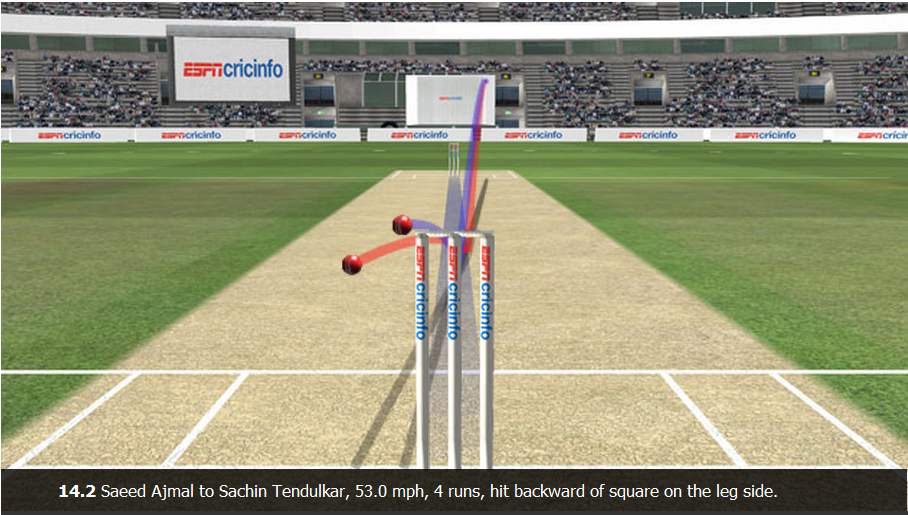
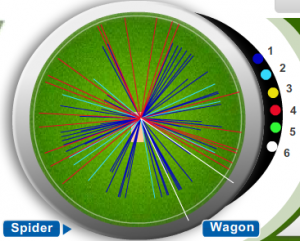
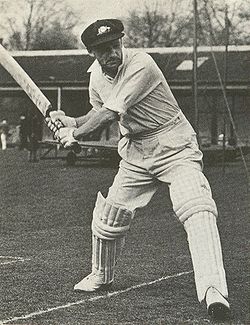
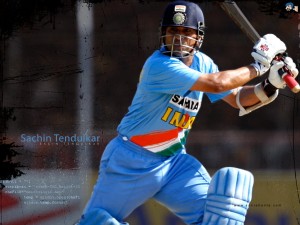
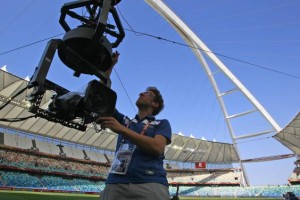

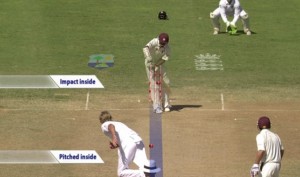
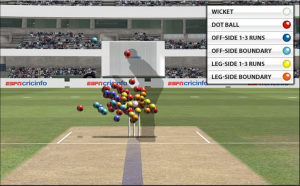
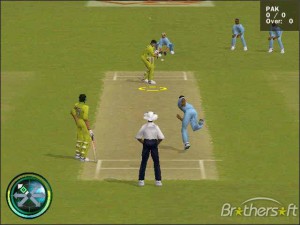
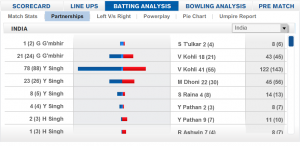

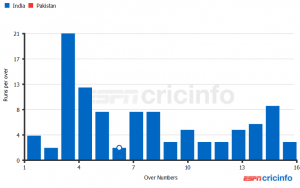
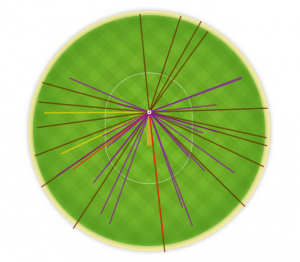
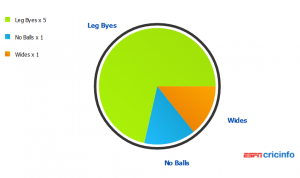
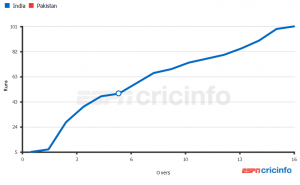
Responses